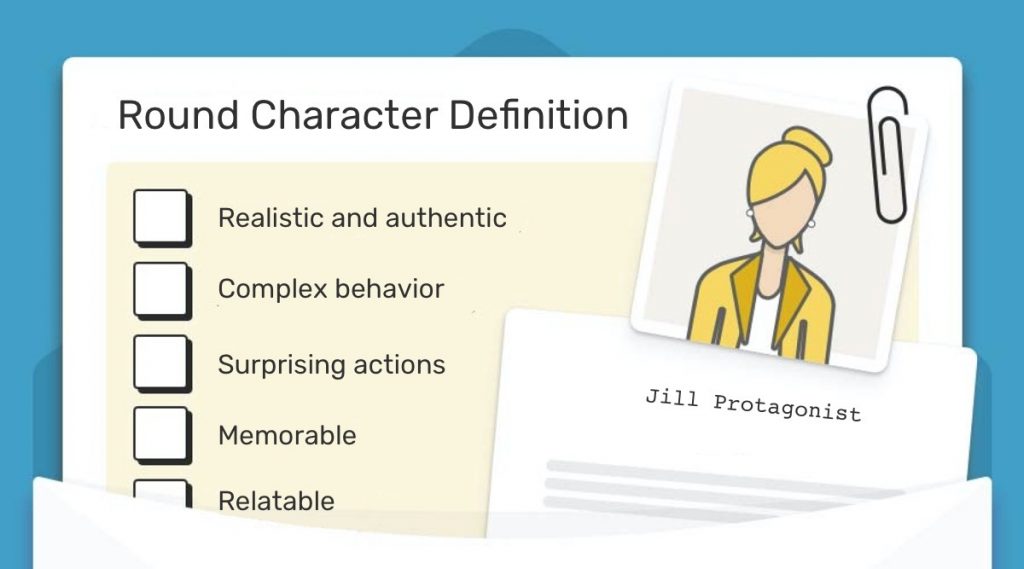


A character is more believable and relatable if they obsess about cleanliness, always go to the same coffee shop each morning, or have to be out in the garage working on cars all the time, for example. Consider the Small ThingsĮxpand on who the character is by thinking about their preferences, neuroses, and inclinations. What are their flaws and weaknesses? These are often the traits that continue to show up in a variety of situations, foreshadowing how a character’s basic nature is going to get them into some kind of trouble. Mapping out her values and how she thinks and feels in the beginning of the story will help shape why she might change in response to a plot development (say, the reappearance of a handsome John Travolta type). You may start with a shy wallflower teenage girl, who, due to some instigating event, becomes a rebel (think Sandy in Grease). It may sound clinical to make a list, but defining these features with character sketches can help you write within cohesive perimeters. List a character’s personality traits, where they come from, their family of origin – anything that helps define their basic nature. Here are some ideas for starting points on writing dynamic characters. You can use StudioBinder’s screenwriting tools to help develop your characters, and more. The trials and tests of a character can shape a narrative, while they are also shaped by outside events. Really digging into the characters in your story can be a significant part of developing a good plot. Writing Dynamic Characters How to Develop a Dynamic Character


 0 kommentar(er)
0 kommentar(er)
